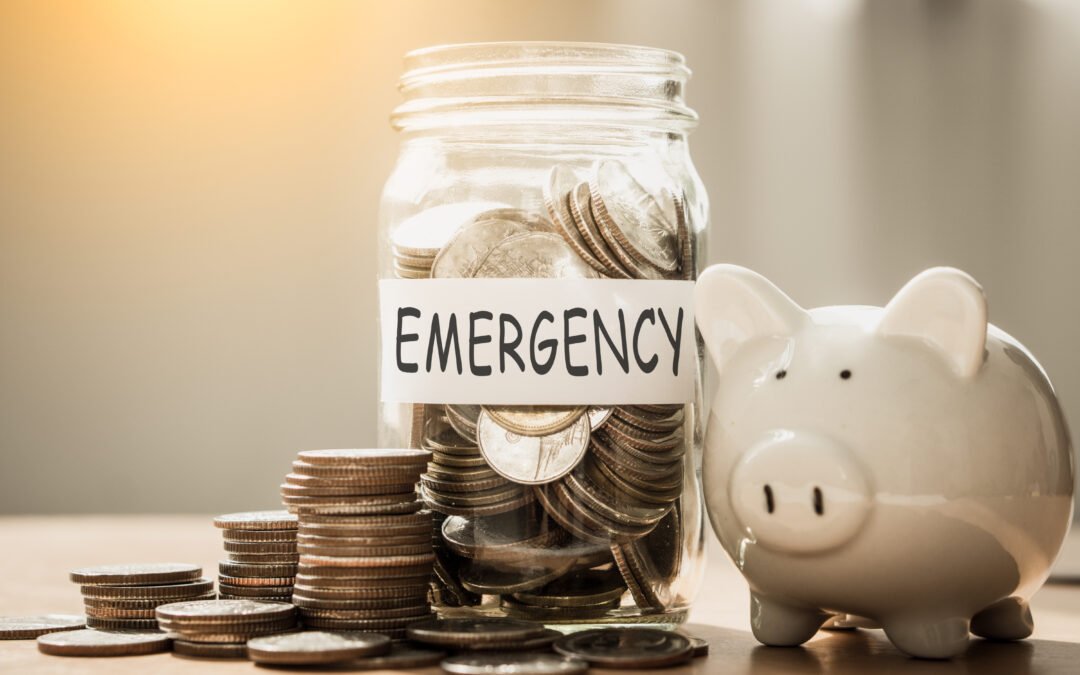Having a safety net in the form of an emergency fund is crucial for stability and peace of mind during unexpected financial situations. Whether it’s a bill, car repair, or job loss, having savings set aside for emergencies can help you navigate tough times without resorting to debt or financial strain. In this article, we’ll explore the advantages of having an emergency fund and offer advice on how to build one.
Why You Should Have An Emergency Fund
An emergency fund offers you financial independence and flexibility, allowing you to handle any financial setbacks confidently and then allowing you to focus on finding solutions rather than worrying about your financial challenges. Below, we will delve into some of those benefits.
Protection Against Unexpected Costs
Life is unpredictable, and unexpected expenses often come with a significant price tag. With an emergency fund in place, you can handle costs like emergencies, home repairs, car repairs, or unplanned travel expenses without jeopardizing your financial well-being.
Avoiding Accumulating Debt
In the absence of an emergency fund, many individuals resort to using credit cards or loans to cover expenses. Building up debt with high interest rates can create challenges when it comes to repayment. Having an emergency fund in place allows you to steer clear of accumulating debt.
Financial Freedom
An emergency fund offers a sense of independence and flexibility. It provides a safety net that equips you to manage hiccups and make wise money decisions without relying on external financial support.
Saving for an Emergency Fund
Saving money is always a challenging task. However, the tips below can help kickstart your emergency fund savings journey today!
Set Achievable Savings Targets
Calculate the amount of money needed for your emergency fund by considering your expenses, financial commitments, and potential unforeseen expenses. Aim to save enough to cover three to six months’ worth of living costs to prepare for emergencies.
Establish a Budget
Monitor your income and expenditures to pinpoint areas where you can reduce spending and increase savings. Develop a budget that prioritizes saving for your emergency fund, and commit to it consistently.
Automate Savings Contributions
Arrange automatic transfers from your checking account to deposit funds into your emergency fund regularly. Automating your savings process allows you to steadily grow your fund without the need for deposits.
Reduce Costs
Find ways to cut down on your expenses, like cooking meals at home, unsubscribing from services you don’t use, and seeking discounts on items. Put the money you save toward your emergency fund to speed up your savings progress.
Peace and Mind Starts With an Emergency Fund
Having an emergency fund is a critical component of a healthy financial plan. Why not start your savings journey with SHENIX®! Start saving today and take control of your financial future.
Reach out to SHENIX® for your financial freedom guidance. You can download the SHENIX app for iOS or Android devices to always have the SHENIX resources at your fingertips.


